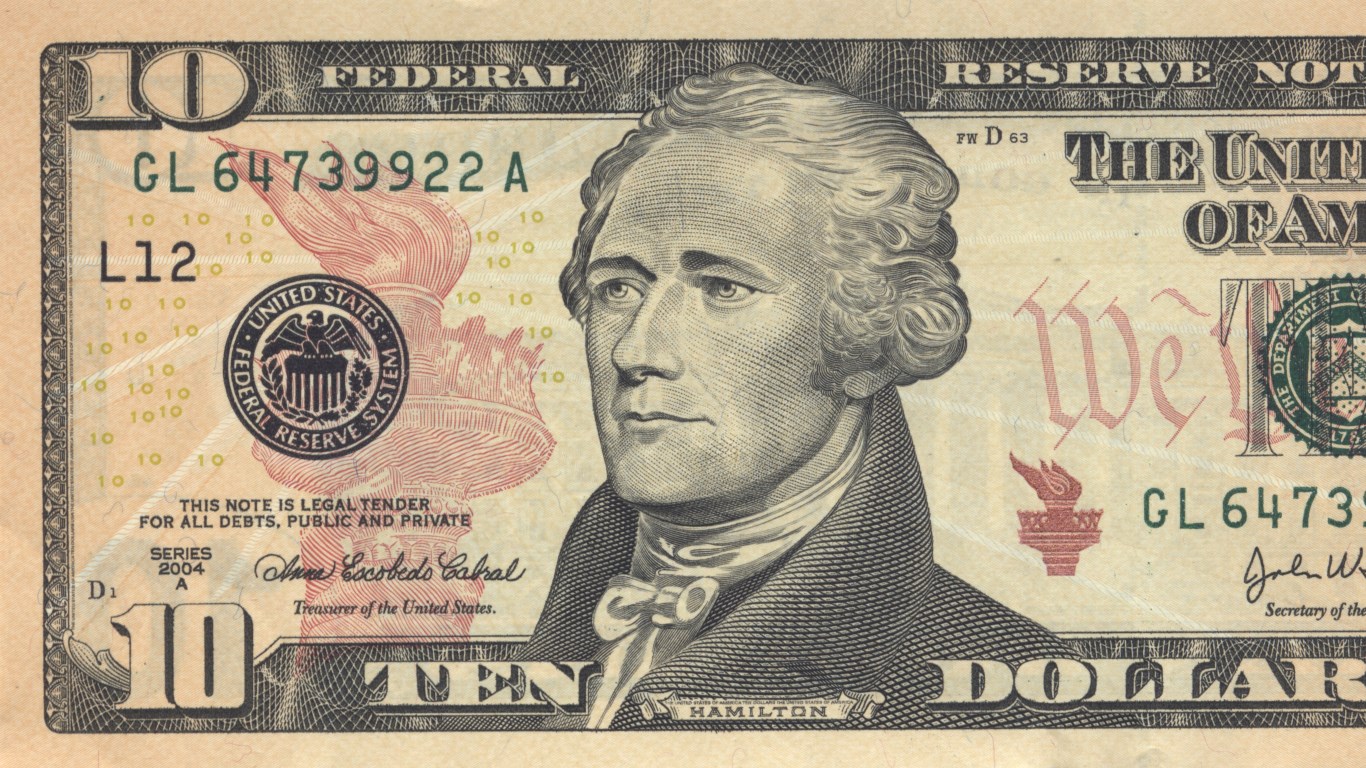
It’s been a tough year so far for gold. The yellow metal has dropped about $250 an ounce since the beginning of the year, or about 10%. Gold last closed above $1,300 in mid-June and settled Friday at about $1,192, a level last seen in January of 2017.
In recent days, the debt troubles in Turkey, which has piled up external debt in foreign currencies, has brought home the impact a strong dollar has on emerging economies. Turkey financed its long run of economic growth by borrowing in dollars and other foreign currencies. Now that the dollar is gaining strength, it is more expensive for Turkey to pay back the loans.
Generalizing from Turkey’s current experience, the U.S. dollar tends to rally as a safe-haven option when there is bad news about trade. And there’s been plenty of that going around in the past several months.
Equities have been moving mostly in the opposite direction of the dollar, with share prices rising when the dollar is weak and falling when the dollar is strong.
For gold, that means competition from the dollar as a safe-haven for investors when equities prices are falling. The yellow metal’s problem in today’s market seems to be that near-instant reactions to movement in equities prices have made the dollar a better option as a short-term parking lot.
The fate of gold prices, then, may rest on what happens with all the various trade negotiations the Trump administration is currently involved in. The president would like to achieve a trade deal that is widely recognized as a win in time to affect the November elections. If that happens, cyclical stocks are likely to see a boost and defensive stocks (and safe-havens) will fall out of favor again.
If no such trade deal can be struck, markets stand to remain pretty much in the same shape they’re in today. Gold does not seem well-positioned to win in either case.
In 20 Years, I Haven’t Seen A Cash Back Card This Good
After two decades of reviewing financial products I haven’t seen anything like this. Credit card companies are at war, handing out free rewards and benefits to win the best customers.
A good cash back card can be worth thousands of dollars a year in free money, not to mention other perks like travel, insurance, and access to fancy lounges.
Our top pick today pays up to 5% cash back, a $200 bonus on top, and $0 annual fee. Click here to apply before they stop offering rewards this generous.
Flywheel Publishing has partnered with CardRatings for our coverage of credit card products. Flywheel Publishing and CardRatings may receive a commission from card issuers.
Thank you for reading! Have some feedback for us?
Contact the 24/7 Wall St. editorial team.
 24/7 Wall St.
24/7 Wall St.


